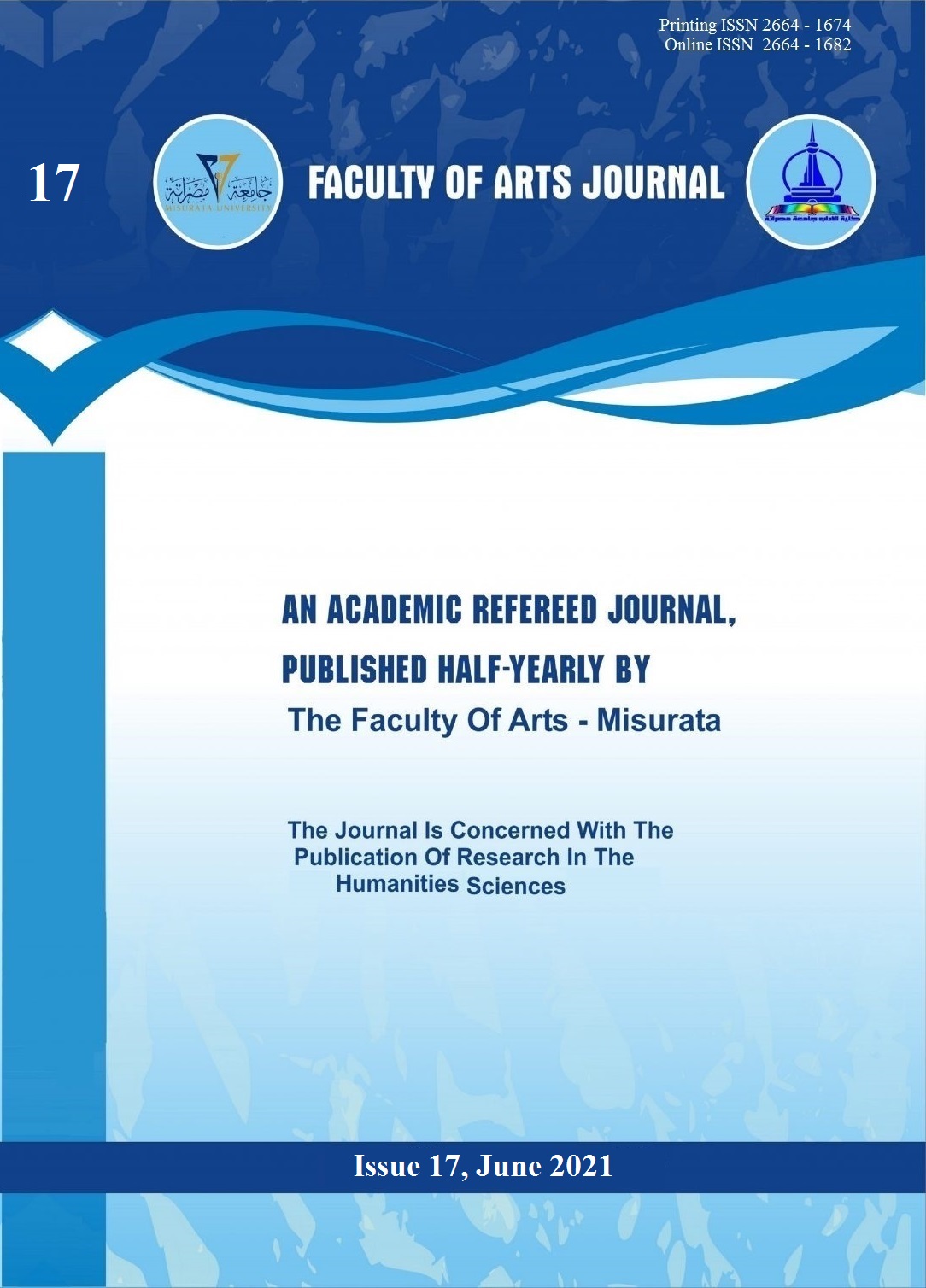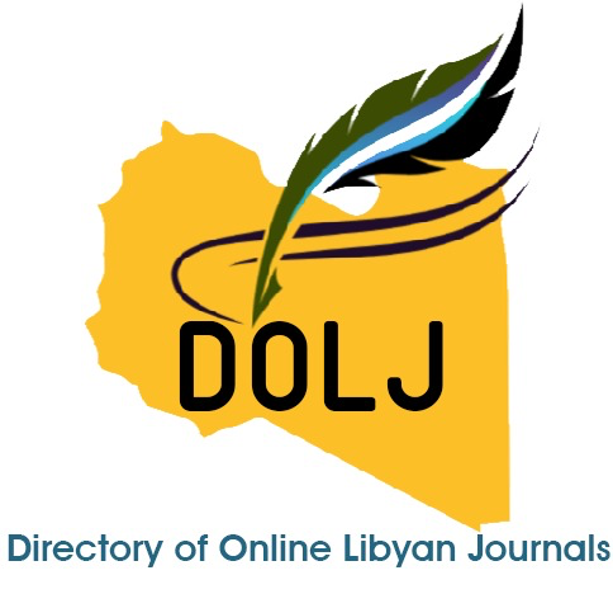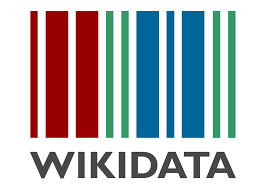The Political and Administrative Situation in Fezzan Region (1943-1951م)
DOI:
https://doi.org/10.36602/faj/2021.n17.07Keywords:
French administration, Fezzan, transitional systemAbstract
This research undertakes a historical study of the issue of the Fezzan region under the French occupation from (1943-1951A), where France occupied Fezzan from 1941 to 1943 A.D., in coordination with Britain, which also occupied Cyrenaica and Tripoli. Therefore, Libya was urging three military administrations. The first and the second were British. One in Cyrenaica and the other in Tripoli whereas the third administration was French in Fezzan. The French military administration, since its stability in Fezzan, proceeded to restructure the region, administratively and geographically, by organizing its regions and dividing it into multiple geographical parts. In order to establish a weak entity that mainly depends on France and cannot separate from it. France worked to dismantle its relations with the surrounding near and far. This is to besiege it and isolate it, geographically and politically, from the regions of Tripoli and Cyrenaica. In fact, this step is to create an administrative political situation that would bring about integration in various aspects of life in Fezzan with its colonies in Tunisia and Algeria. After the issuance of the independence decision of Libya issued by the United Nations on November 21, Libya became an independent and sovereign state consisting of Cyrenaica, Tripoli and Fezzan. France rushed to form the so-called transitional system a few months after the issuance of the decision. That was in 1950, and this transitional system was keen to choose local tribal forces and try to involve them in power, even if this was formal to prolong their stay in Fezzan.
Downloads
Published
How to Cite
Issue
Section
License

This work is licensed under a Creative Commons Attribution 4.0 International License.
All works published in this journal are licensed under the Creative Commons Attribution 4.0 International License (CC BY 4.0), which permits use, sharing, adaptation, and redistribution for any purpose, including commercial ones, provided that proper credit is given to the original author and source, a link to the license is provided, and any changes made are indicated.
















